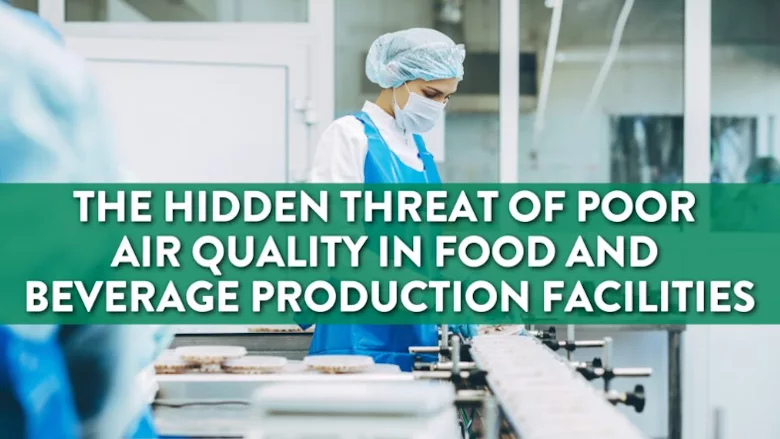BIZTRACKS
Camfil Canada Article Examines Risks of Poor Indoor Air Quality at F&B Facilities

Image credit: Camfil Canada
In a recent article—"The Hidden Threat of Poor Air Quality in Food and Beverage Production Facilities”—Camfil Canada, a manufacturer of premium clean air solutions, looks at the critical role of effective air filtration in protecting product quality and ensuring employee health.
“Conditions like intense Canadian wildfires and high heat and humidity in warming Canadian climates present growing air quality challenges, necessitating proactive and well-thought-out air filtration measures within the F&B sector,” the article notes. “Biological contaminants, particulates, volatile organic compounds (VOCS), odors, smoke and combustion particles, allergens, and compressed air contamination are a constant threat to F&B operations.”
Typical Air Quality Challenges in Canada’s Food and Beverage Industry
Wildfire smoke contains harmful gases and fine particulate matter, and it is becoming a bigger concern for Canadian F&B facilities. Contaminates often cover a wide area over North America. Air quality can be impacted far from the source and can get into facilities, necessitating more complex air filtration systems to protect products and employee health. Indoor contaminants also can be generated in the production and packaging stages, through the use of cleaning agents and by means of staff activities.
Mold spores
While some mold spores can be harmless, others, like black mold, can have severe consequences. Therefore, it is essential to address indoor air quality comprehensively, targeting both harmful and less harmful agents because discerning one from the other in the air is nearly impossible.
High Humidity
Industries like meat and seafood processing in some Canadian regions often have to deal with high-humidity environments. For this challenge, the choice of air filters becomes even more critical. To deal with moisture-resistant options, Canadian Air Filter Expert Berni Baier suggests utilizing wet-laid glass media instead of high loft glass, which can absorb moisture and lead to filter sagging. In cases of persistent moisture issues, Baier says a three-stage filtration system might be necessary to manage humidity adequately.
Corrosion Resistance in Canadian Coastal Regions
For facilities located in coastal areas such as British Columbia and the Atlantic provinces, exposure to salt air necessitates the use of corrosion-resistant filters. Baier details several options, including stainless steel filters designed to withstand harsh environmental conditions.
The entire Camfil Canada article regarding air quality in food and beverage production facilities can be found here.
Looking for quick answers on food safety topics?
Try Ask FSM, our new smart AI search tool.
Ask FSM →








.webp?t=1721343192)